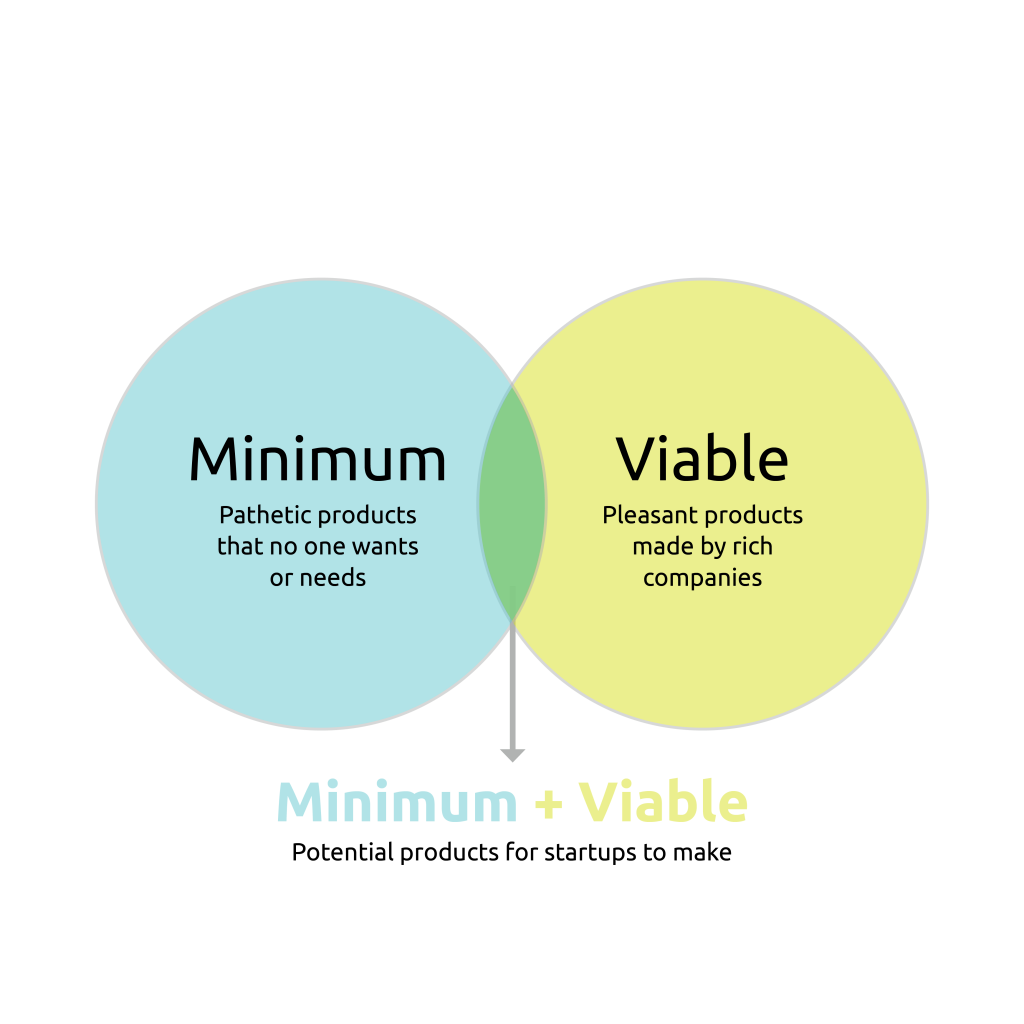

Probably it may have occurred to you that the idea of starting a business has been on your mind for a long time, but how exactly do you transfer your idea scribbled on a napkin into a fully sustainable company? Many businesses before you have taken a unique path, some have succeeded and some have failed. But do not forget that to succeed, every business must go its own unique way. However, there are some fundamental steps that every new entrepreneur can take to get their idea in motion.
Every business is shaped by a “why” to solve a problem. Now it’s your turn to think: what problem is your idea supposed to solve? Many businesses claim to have solutions, but what specific problem are they really eliminating? Amazon, for instance, solved how e-commerce was, at one time, expensive and inconvenient. Today, it has more customers (and sales) than its brick-and-mortar competition. all successful companies, products, or services enhance the lives of their customers by eliminating a problem. Take these steps to turn your idea into a functioning business.
1. Identifying the customer
Identify your ideal customer. This is the first step in figuring out which category of customers, your idea fits exactly. Your customers may have different habits, behaviors, and needs, but they have the same problem that you are going to solve. One of the biggest mistakes startups make is the failure to get people to understand and want the product or service. Figuring out what they find compelling, or what it will take to get them to want something different than what they already have is essential as a result of viewing the audience at all their touch points with your product or service.
You have a solution, but it needs to be in front of the right people to be seen as such.
2. Finding a support
You need support. “Have you ever noticed how few successful startups were founded by just one person?” Having business partners has several benefits, especially when you’re first starting out. They can act as support and provide evidence to others that you actually have a good idea. In addition to having a successful team, having business partners empowers you.
3. A proper financial model tailored to your product/service
Since you have your market research done, now you must figure out if it’s financially viable. Create a “bottom-up” financial model that focuses on how your product or service is created, marketed, and sold to an individual user. Doing this will give you more insight into how your business will function. Then, to verify your projections, create another financial model that is “top-down,” which examines the size of your market and what goals you need to reach to turn a profit. Once you’re satisfied with your financial model, begin moving into planning the first phase of your business. This plan is simple – get your ideas out. For discussion purposes among your team and mentors, map out your mission, objective, keys to success, target market, competitive advantage, and basic strategies. It ensures that everyone involved is on the same page and set to proceed into the next stages.
Figure out your source of capital. Whatever source(s) you choose to obtain or aim for, consider that each one has its own rewards and risks.
4. Build MVP
Now it’s time to build an MVP. The MVP, or a minimal viable product, provides you with the feedback you need from your real customers before putting your idea on the market and building a product they like.

Minimal does not necessarily mean “basic.” The point is not to build a minimal product, but a product that is already great (viable), yet has room to improve (minimal).
5. Find the pivot
The information gathered from the previous step will help you understand what factors play an important role in turning an idea into a sustainable business and which of your audience’s questions you answered. You might find that their feedback is entirely different than what you expected and planned for. Some businesses face challenges or opportunities in their development path to overcome them, they may have to make changes in different areas of their business. This change is called a pivot. A pivot occurs when a startup changes its strategies. In fact, a business is trying to succeed in another way.
Finally, be positive and do not despair. Being optimistic helps you to overcome obstacles more easily when you make a mistake or encounter an obstacle. Once you have identified and overcome your limiting beliefs, it is time to stick to your ideas. All successful entrepreneurs are disciplined and have a high level of responsibility.
Motivational writer and speaker Jack Canfield suggests doing five things a day to get closer to your goal of turning your idea into a business.(Although these five works are small!)
Written by : Maedeh Mehraein




